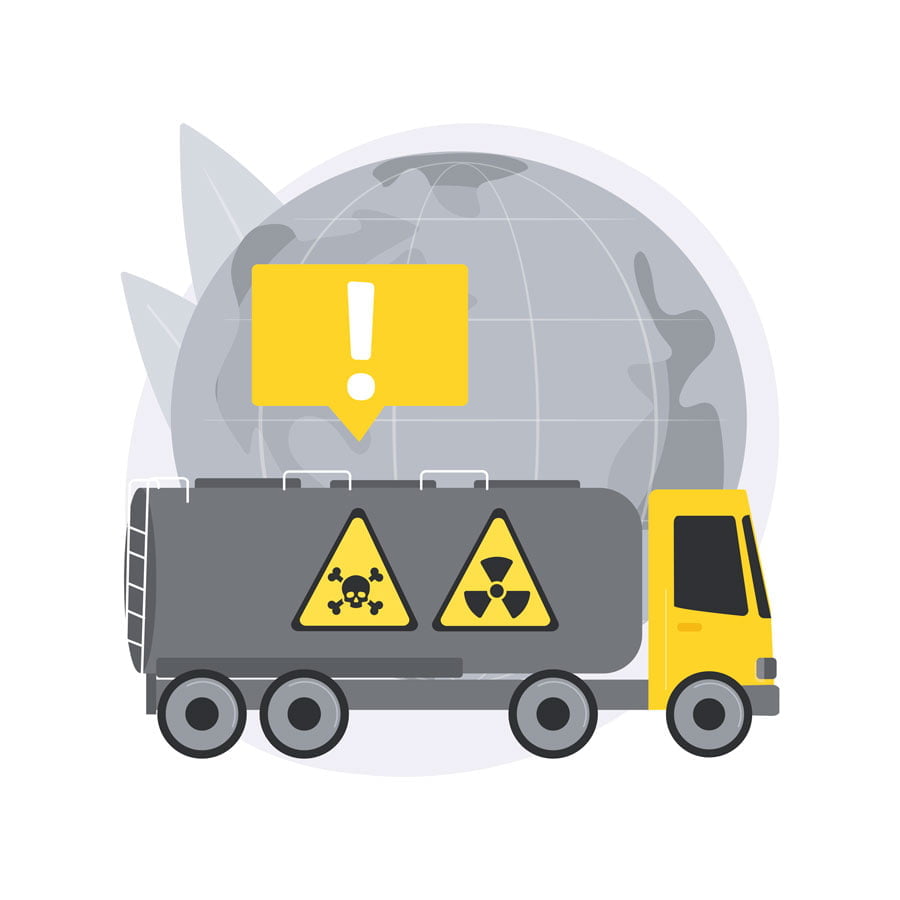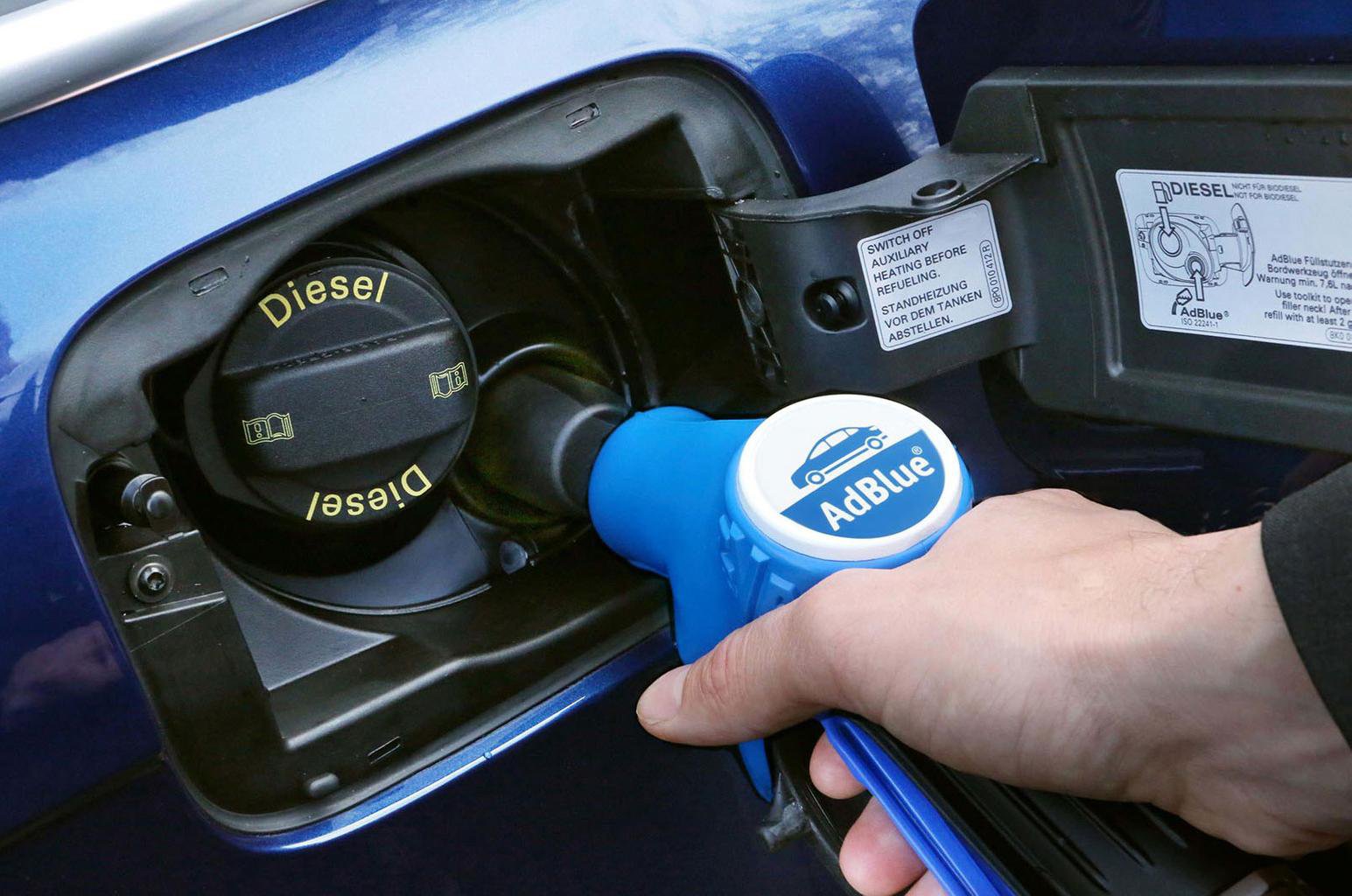What are the legal regulations applied in Europe regarding the transportation and packaging of dangerous goods? Let’s find out in this article how the transportation of dangerous goods is regulated according to the provisions stipulated by the UN called “Recommendations on the Transport of Dangerous Goods.”
Let’s start by saying that the topic is also very complex because it is constantly being revised in regulations, today the current version for packaging is Revision 21 of 2019.
Dangerous goods packaging and types of transport constraints
Separate agreements and constraints have been developed depending on the different transport routes.
Let’s find out together:
- For the transport of dangerous goods by road , the discipline to be followed is ADR. That stands for “Agreement concerning the International Carriage of Dangerous Goods by Road.”
- The Regulation for the International Transport of Dangerous Goods by Rail known as RID is used for the transport of dangerous goods by rail.
- For transportation of dangerous goods on navigable inland waterways there is ADN agreement.
- Regarding the transportation of dangerous goods at sea there is the complex system of IMDG (International Maritime Code for Dangerous Goods) regulations.
Dangerous goods packaging: what is regulated in ADR?
The most important piece of legislation regarding the transport of dangerous goods is certainly the EU ADR first written in 1957. Today ADR is used everywhere both in the 52 EU member states but also outside Europe to make sure that international logistics are facilitated.
The ADR is updated constantly, usually every two years and reports:
- The classification of transportable goods
- What are the markings and documentation of dangerous goods
- What types of packaging and containers are to be used to transport dangerous goods
But what are the dangerous goods in the first place? Classification lines have been created by the UN:
- Explosive substances
- Gas
- Flammable liquid substances
- Flammable solid substances
- Oxidizing substances
- Toxic and infectious substances
- Radioactive substances
- Corrosive substances
- Hazardous substances and objects of various kinds
How does packaging work for dangerous goods?
Dangerous goods packaging is basically divided into three major branches: those of high danger i.e. very dangerous; medium danger goods and those of low danger.
The packing groups were then in turn assigned letters (X, Y, Z) indicating what type of packing is allowed for those dangerous goods.
Let us give examples to make the regulations more understandable:
Ex.1 Transported substances classified as high hazard will be packed with ultra-strong, non-flammable UN-X-marked dangerous goods packaging.
Ex.2 Substances belonging to the low hazard group of goods can be packed with UN-Z-marked materials.
Each package will have a UN approval, this approval certificate does not have an expiration date but can be withdrawn by the competent authorities for failure to meet the parameters, ergo be very careful.
Entrust your domestic and international transports to us, we have years of experience in the field and will ensure compliance with all regulations regarding packaging in full compliance with timelines.






